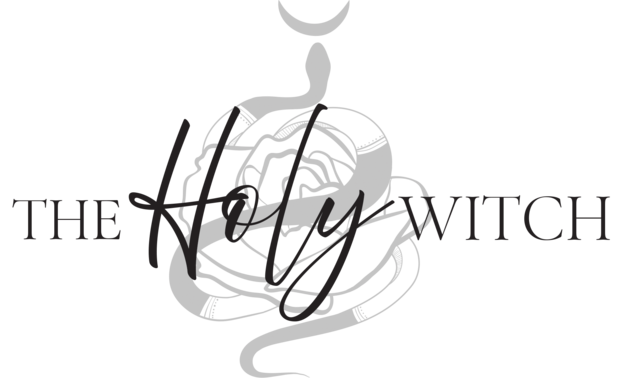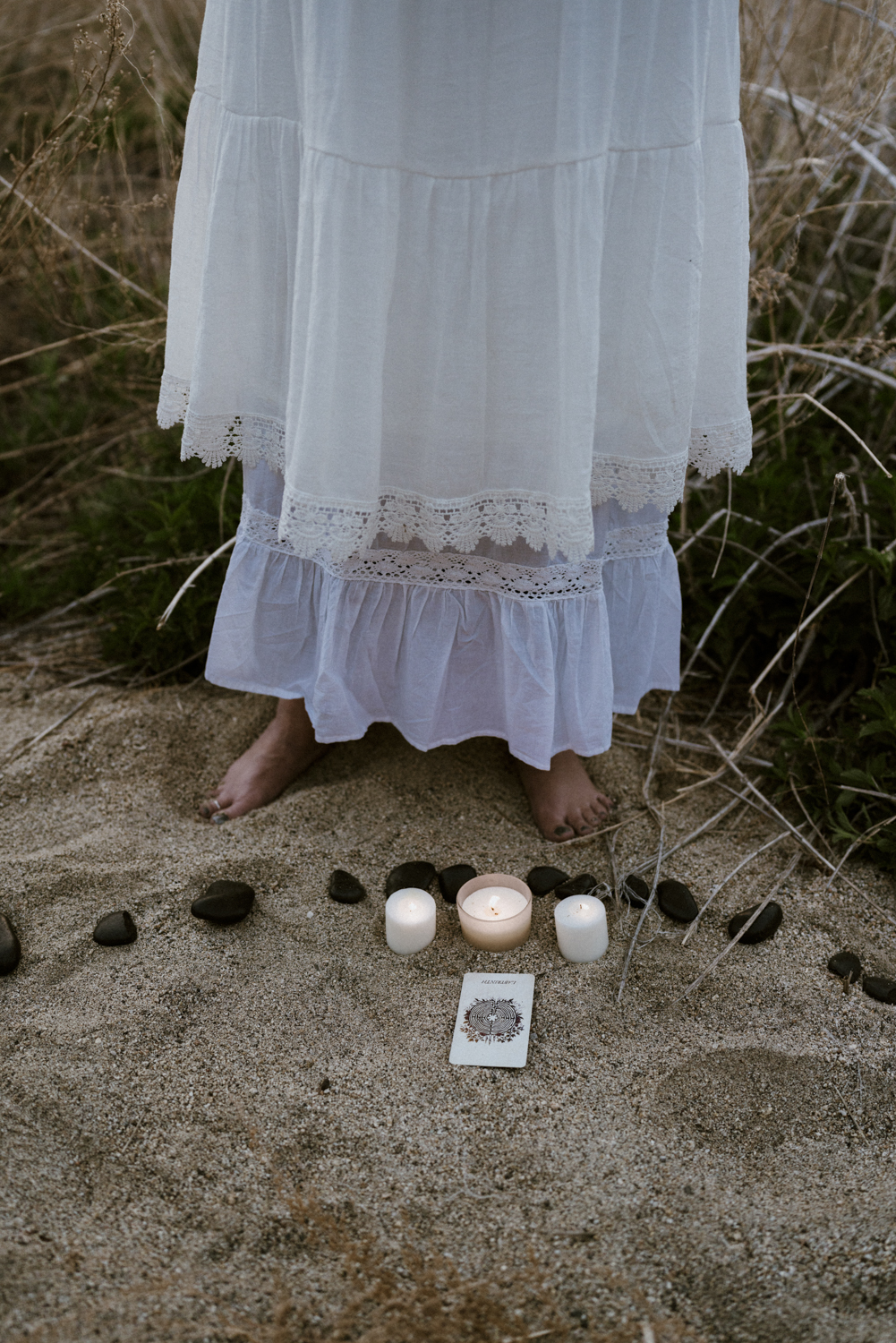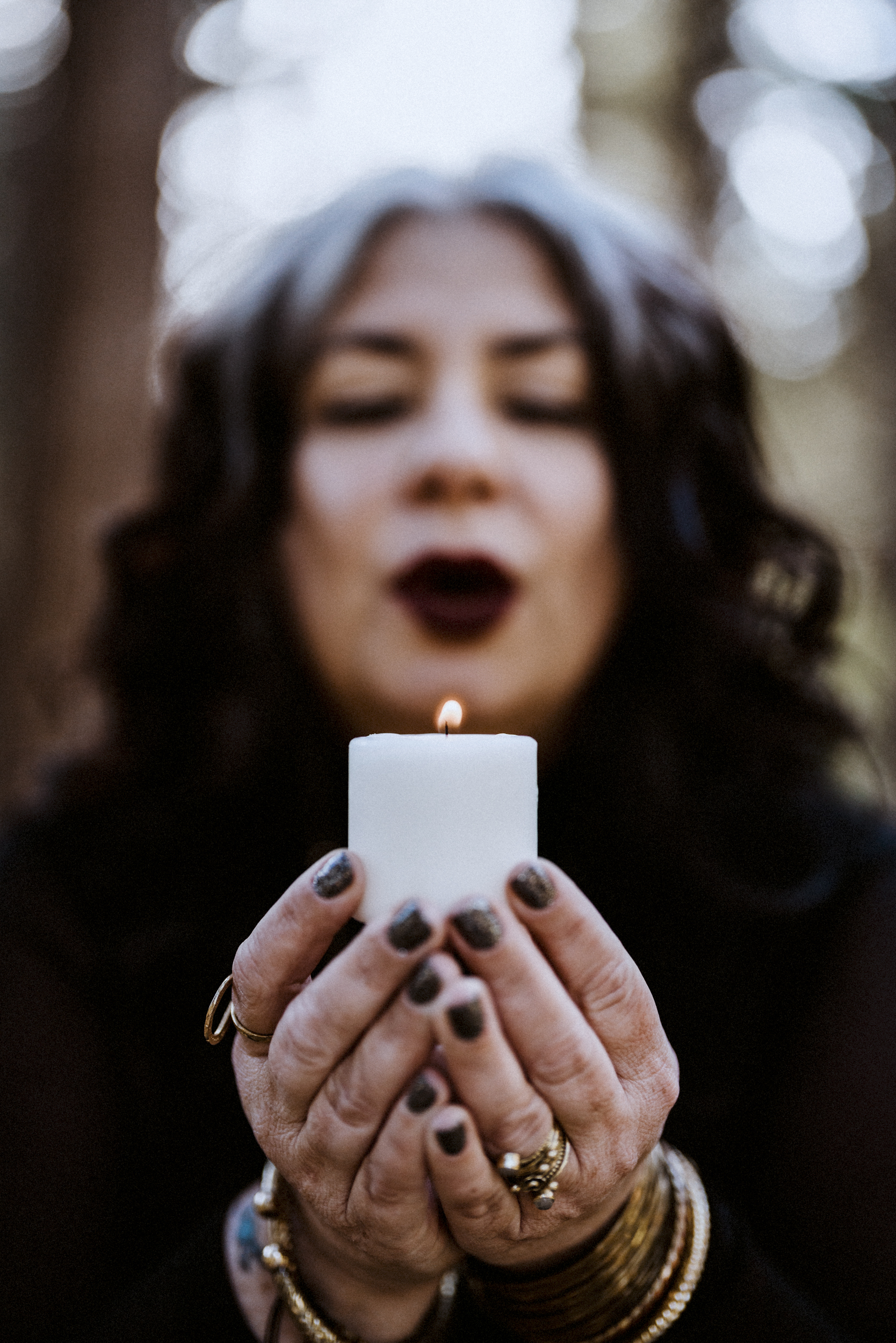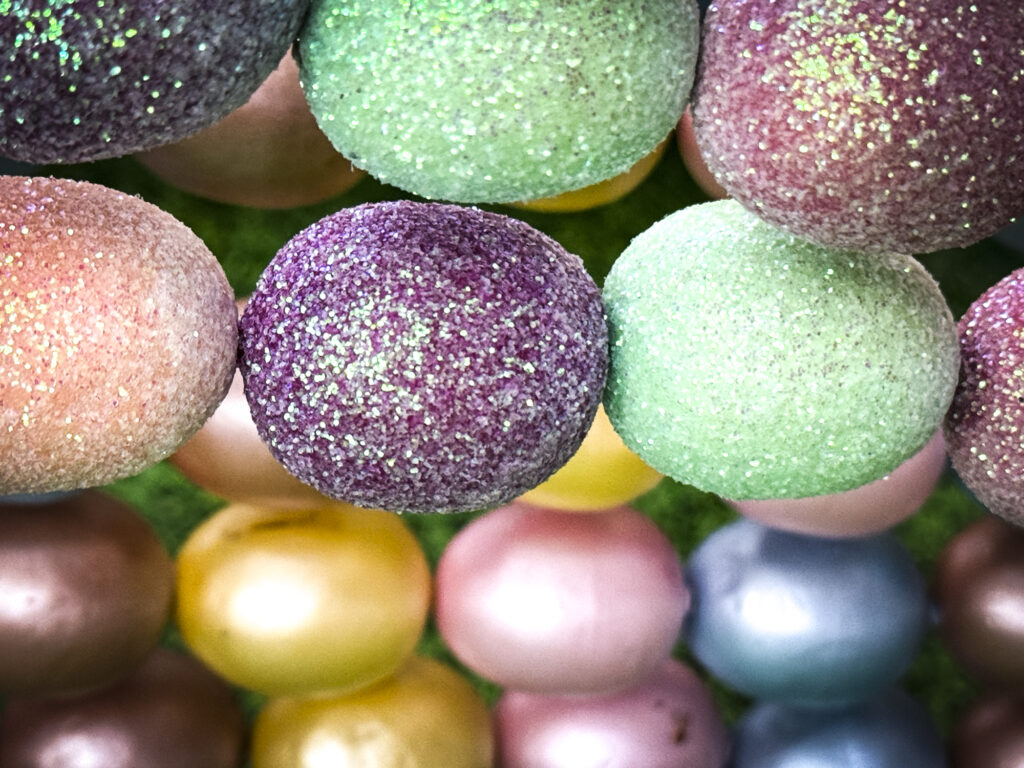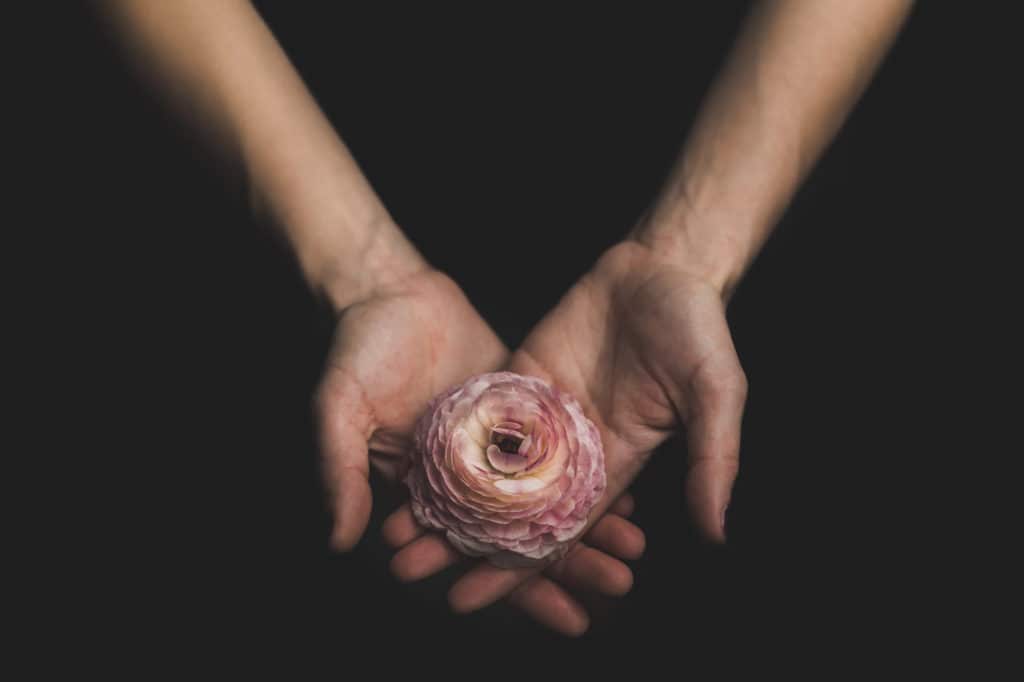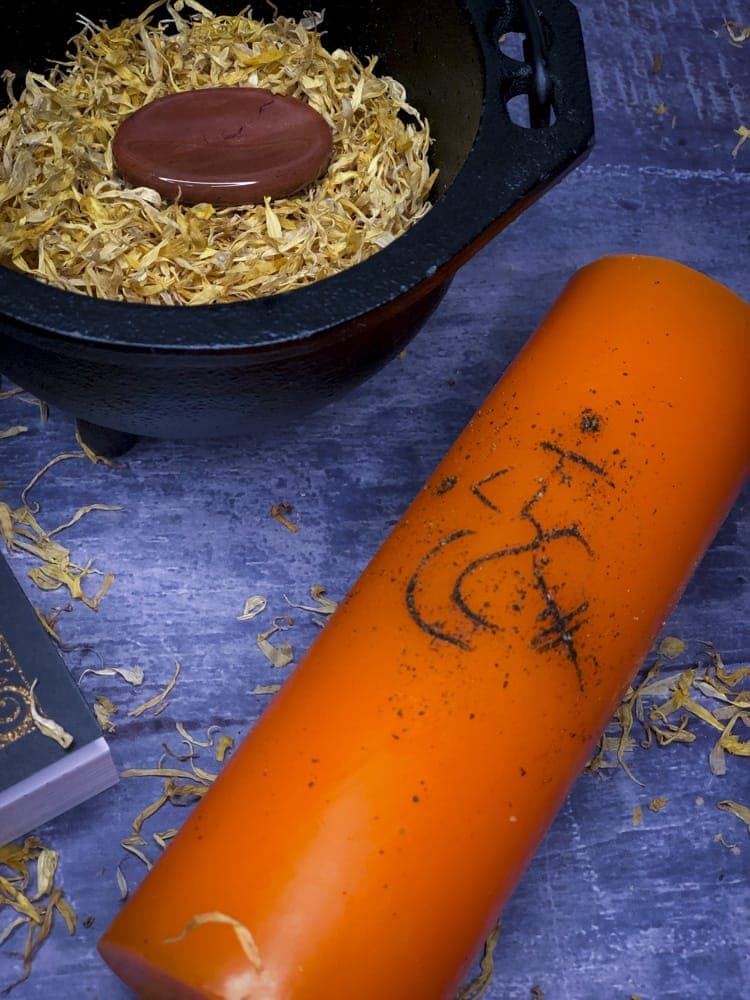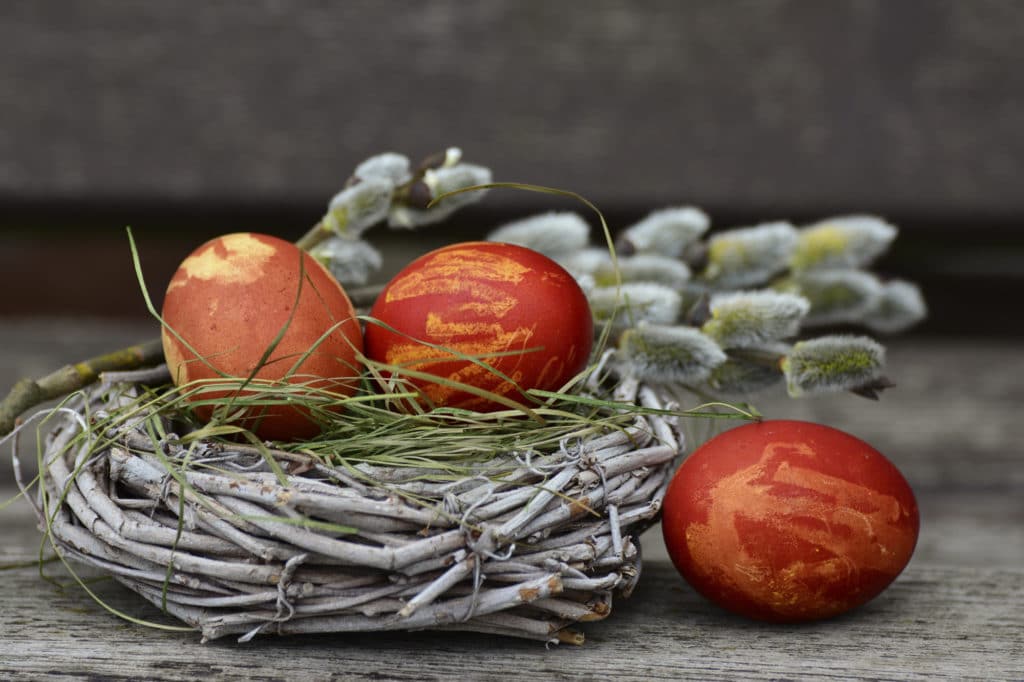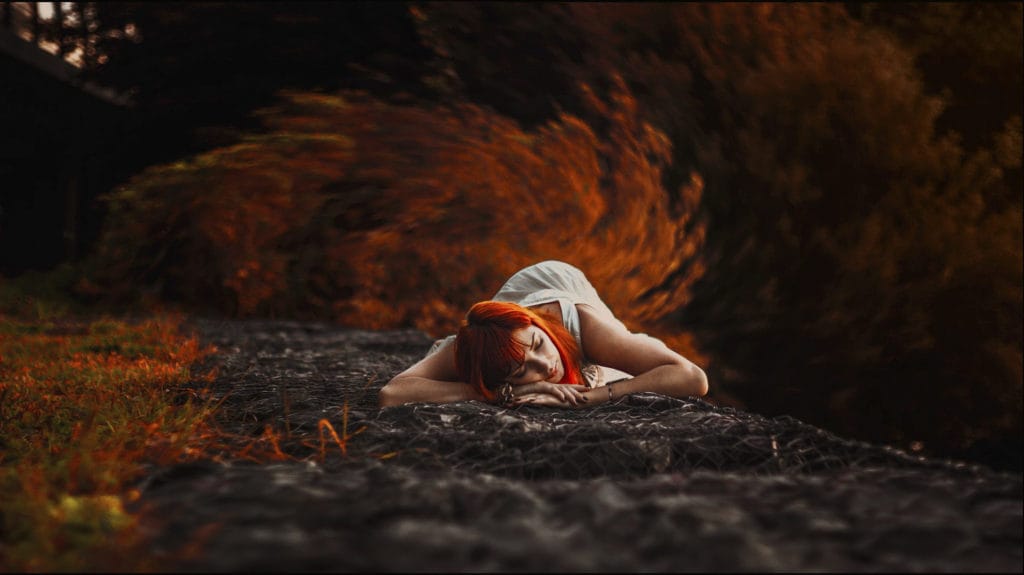Samhain + Rituals You Can Do
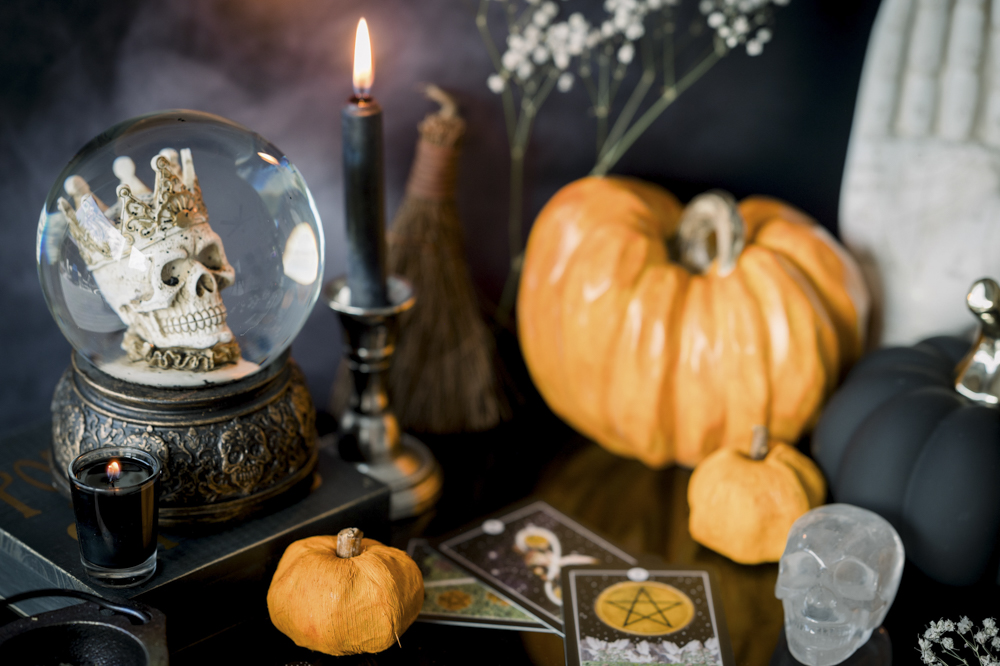
Though Samhain is a celebration of Celtic origin, many cultures around the world honored this time of year. The last of the harvest festivals, the end of cycles and death were and still are venerated in a variety of ways.
At this time of year depending on your lineage, geographical and cultural context, you might celebrate Samhain, Day Of The Dead, All Hallows Eves, All Saints Day, Die De Los Difuntos and a variety of others. And of course, we have Halloween, which is a secular western celebratory holiday with roots in ancient traditions.
What is consistent however, at least in the Northern Hemisphere, is the dates and ancestral veneration.
A Deeper Look Into Samhain, Day Of The Dead + All Hallows Eve
Samhain
Origin: Celebrated by the ancient Celts, Samhain marked the end of the harvest season and the onset of winter. It was believed that during Samhain, the veil between the living and the dead was at its thinnest, allowing spirits to easily pass through and interact with the living.
Themes & Practices: Bonfires were central to the celebration, and they were used for both practical and ritualistic reasons. It was a time for divination and looking into the future. Costumes and masks might be worn to confuse spirits or to embody them. The festival also entailed leaving out offerings of food and drink for the wandering spirits.
Connection to Halloween: Many of the customs and practices associated with contemporary Halloween, especially in Western cultures, can be traced back to Samhain traditions. The Christian church, aiming to supplant pagan festivals, established All Saints’ Day (or All Hallows’ Day) on November 1, making October 31 All Hallows’ Eve.
Day of the Dead (Día de los Muertos)
Origin: Rooted in pre-Columbian cultures of Mexico and parts of Central America, Day of the Dead combines indigenous beliefs with Catholicism. It is celebrated from October 31 to November 2.
Themes & Practices: Unlike the somber nature of many death-related observances, Día de los Muertos is a vibrant and celebratory time to honor deceased loved ones. Families create altars (ofrendas) adorned with marigolds, sugar skulls, candles, and the favorite foods and belongings of the deceased. There are parades, music, and special foods, like pan de muerto (bread of the dead).
Connection to Halloween: Due to the proximity of dates and the theme of death, Day of the Dead and Halloween have been compared and occasionally intermingled, especially in areas where cultures overlap. However, they are distinct in their origins, meanings, and practices.
All Hallows’ Eve (Halloween)
Origin: Halloween, as it is known today, is a hybrid of various cultural and religious influences, but its primary roots are in the Celtic festival of Samhain and early Christian practices.
Themes & Practices: Modern Halloween customs include trick-or-treating, costume parties, haunted attractions, and carving pumpkins. It’s a more commercial and secular celebration, especially in countries like the U.S. and Canada.
Connection to Samhain & Day of the Dead: While Halloween borrows traditions from Samhain and occurs around the same time as Day of the Dead, it has evolved into a distinct holiday, especially in its contemporary Western manifestations.
The Work Of This Time Of Year
- Reflection and Introspection: As the days shorten and nights lengthen, it’s a time for inner reflection. Delving into personal experiences and feelings from the past year can provide clarity, healing, and direction.
- Acknowledgment of Impermanence and Mortality: The natural world is shedding, trees are losing their leaves, and there’s a general sense of decay and preparation for winter. This serves as a potent reminder of the impermanence of life and our own mortality, prompting us to cherish the present.
- Ancestral Connections: This time of year, especially around Samhain and Day of the Dead, emphasizes connecting with and honoring our ancestors. It’s a period to remember the lineage from which we come and to understand our place in the continuum of existence.
- Release and Letting Go: Just as trees release their leaves, we can also work on releasing what no longer serves us—whether it’s old grudges, outdated beliefs, or unnecessary attachments.
- Preparation and Planning: Winter, a time of hibernation and rest, is on the horizon. The season prompts us to prepare, not just physically (as animals store food), but spiritually and mentally. It’s a period to set intentions, plan for personal growth, and determine what spiritual seeds we want to plant for the coming spring.
- Shadow Work: This involves confronting and understanding the darker, hidden parts of oneself—the “shadows.” Given the darker days and the association with the thinning veil between the physical and spiritual realms, it’s an apt time for such introspective and transformative work.
- Gratitude and Celebration: As the harvest season concludes, it’s also a moment to express gratitude for the abundance and blessings of the past seasons. It’s a time to celebrate life’s gifts, even in the face of its impermanence.
- Deepening Connection with Nature: Observing and attuning oneself to the changes in nature—cooler temperatures, changing colors, earlier sunsets—helps deepen our connection to the natural world and its cycles.
Some Rituals To Deepen Your Season
The path of Holy Witchery focuses mainly on Samhain being a time of introspection, honoring the deceased, and celebrating the end of the harvest season. The veil between the world of the seen and the unseen is said to be the thinnest.
This doesn’t mean that we don’t work with and honor our ancestors at any other time of the year. It simply means that here we are supported. It’s easier because they are closer. Our seemingly separate realities aren’t so separate, ever, but at this time, that illusion drops further.
Here are five rituals that can be practiced on Samhain to align with the work of the salon:
Ancestral Altar
Description: Set up an altar dedicated to your ancestors or loved ones who have passed away.
How to: Choose a quiet space in your home. Place photographs of the deceased, mementos, candles, incense, and offerings (like food or drink they enjoyed in life). Spend some time at the altar, remembering them, sharing stories, or even speaking to them. It’s believed the veil between the living and the dead is thinnest on Samhain, making it a potent time for such communications.
Divination
Description: Since Samhain is considered a liminal time when the boundary between this world and the otherworld is permeable, it’s seen as an auspicious time for divination.
How to: There are many forms of divination, from tarot card readings to rune casting, scrying with a black mirror, or pendulum dowsing. Choose a method you’re comfortable with, create a sacred space, and seek guidance or insights for the upcoming year.
Silent Supper (Dumb Supper)
Description: This is a meal eaten in silence to honor and remember the deceased.
How to: Prepare a meal and set places at the table for both the living and the deceased loved ones you wish to honor. Serve the deceased’s favorite foods. Turn off all distractions, light candles, and eat in silence, allowing yourself to feel the presence of those who’ve passed on.
Ancestral Storytelling
Description: Storytelling is a powerful way to keep the memories and legacies of our ancestors alive.
How to: Gather with family or friends and share stories of ancestors. This could be tales passed down through generations, personal memories, or even researching family history to discover and share stories. Lighting a candle or having a photograph of the ancestor being spoken about can amplify the connection.
Ancestral Meditation and Journeying
Description: Connect with your ancestors on a spiritual level through meditation.
How to: Create a quiet, sacred space with photos or mementos of ancestors. Begin a guided or unguided meditation, setting the intention to connect with the spirits of your ancestors. Seek their guidance, wisdom, or simply feel their presence.
Ancestral Feast
Description: Dedicate a meal to your ancestors, featuring foods from your cultural or familial background.
How to: Prepare dishes that your ancestors would have made or enjoyed. As you cook, think of them, infusing the food with your love and gratitude. When the meal is ready, set a place for the ancestors, offering them a portion of each dish. Enjoy the meal while thinking or speaking about them.
A Little Extra
I was interviewed by Julia Lally about Samhain and rituals I do during this time of the year. You can listen to that podcast HERE.
School Of Holy Witchery
Come join us in learning about embodying a rich and meaningful life as a Holy Witch, where magic is a gorgeous part of the language and manifestation is an invitation to be a part of a more connected and celebratory expression of life.
